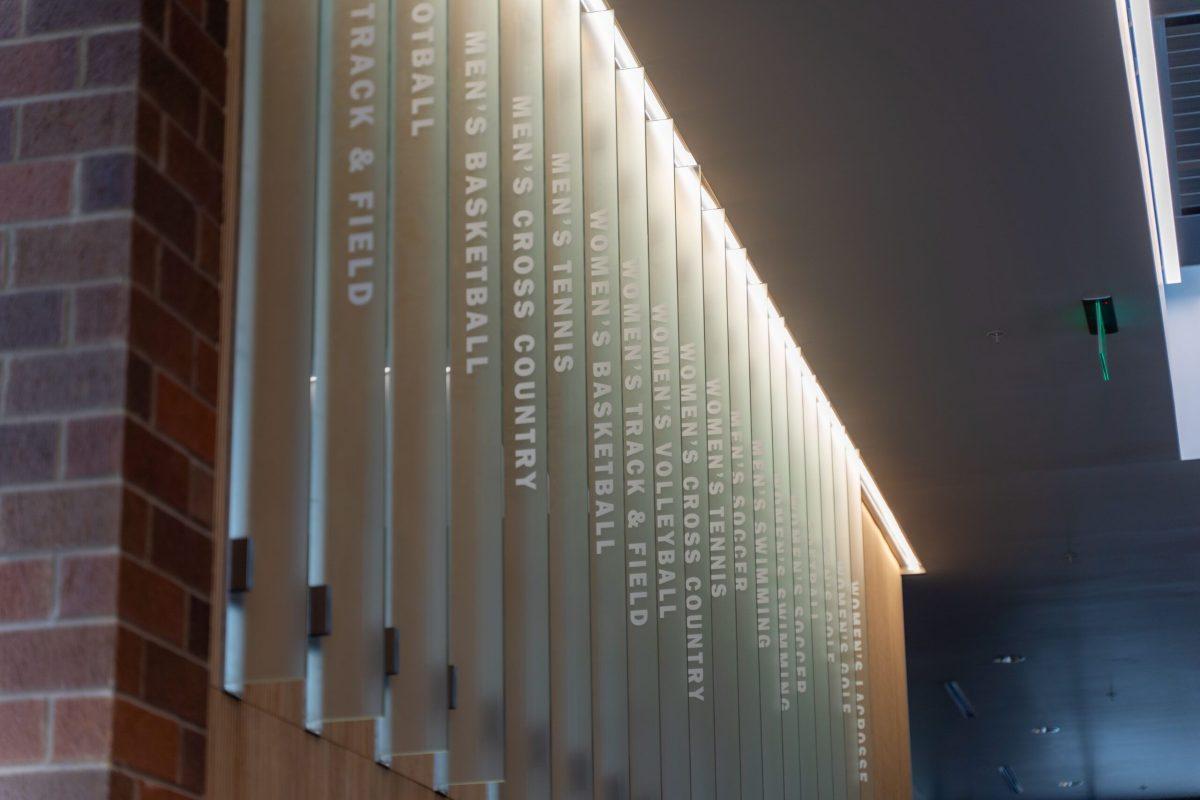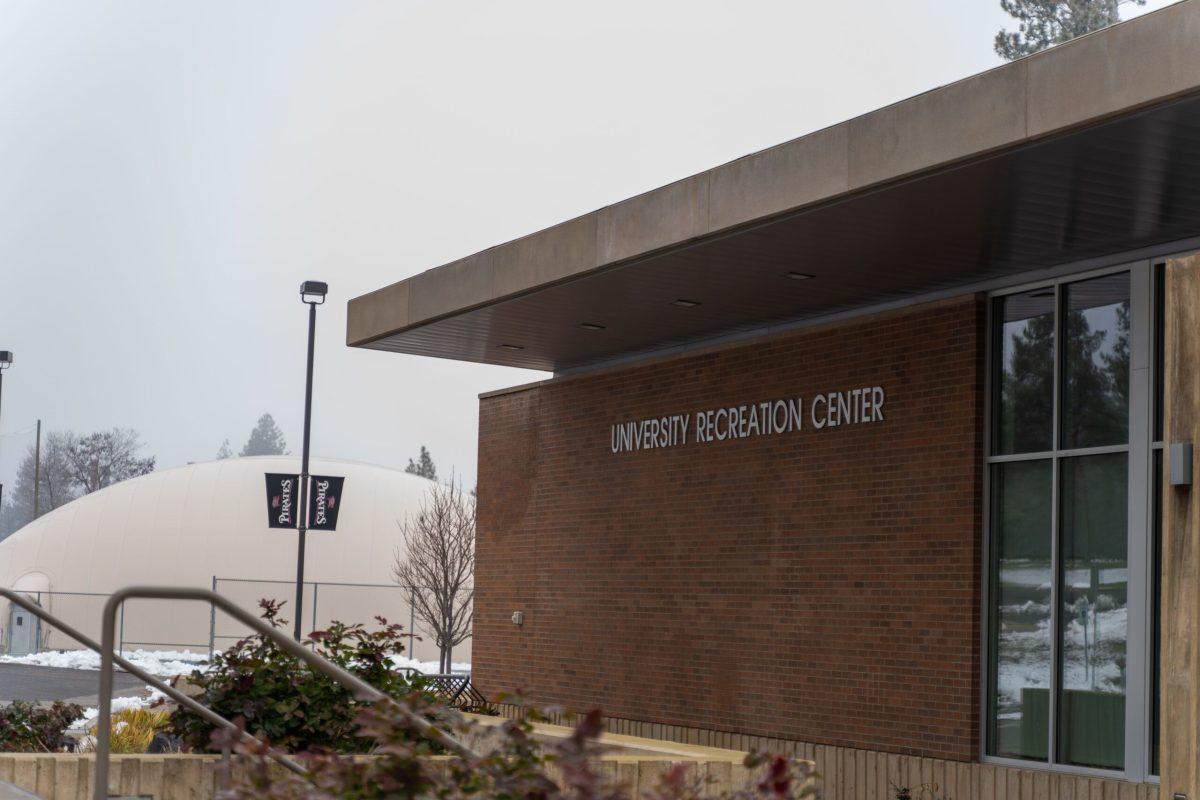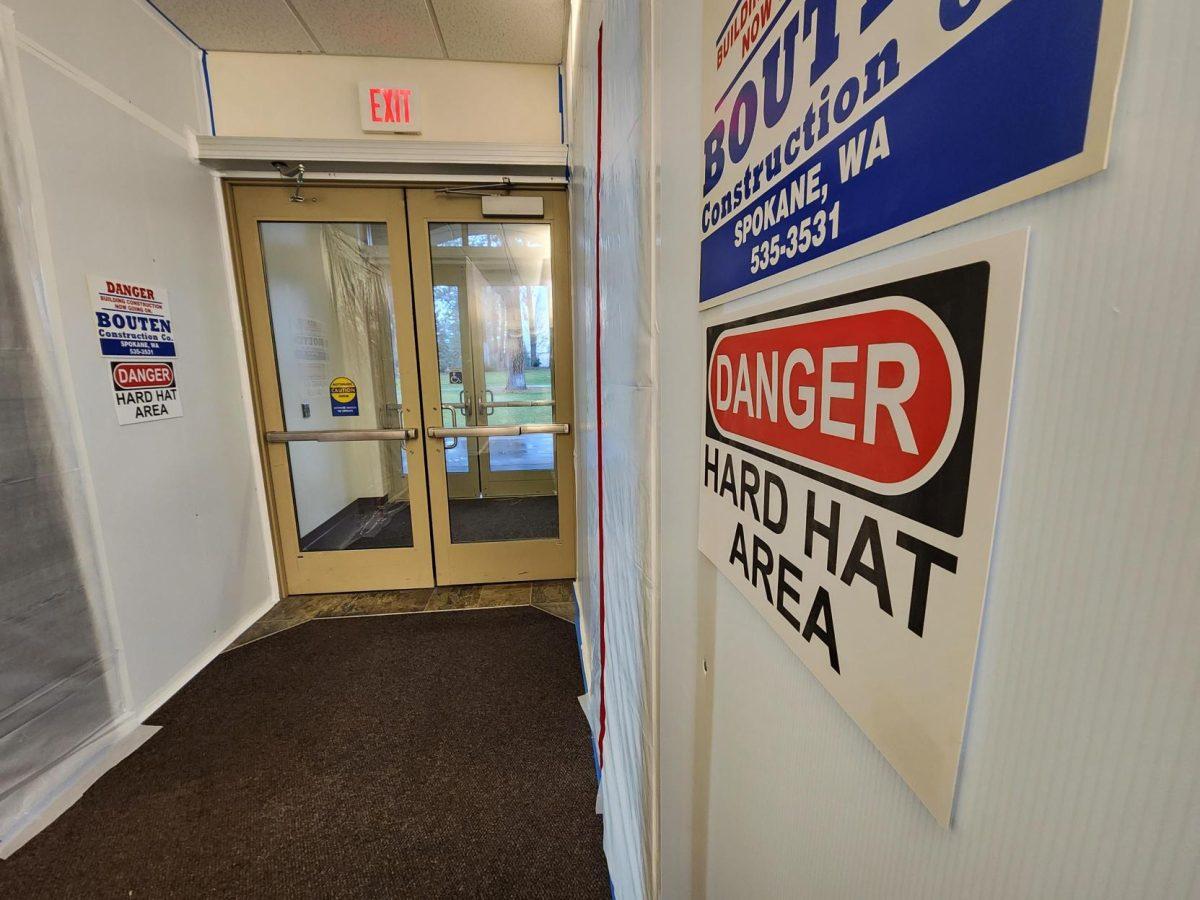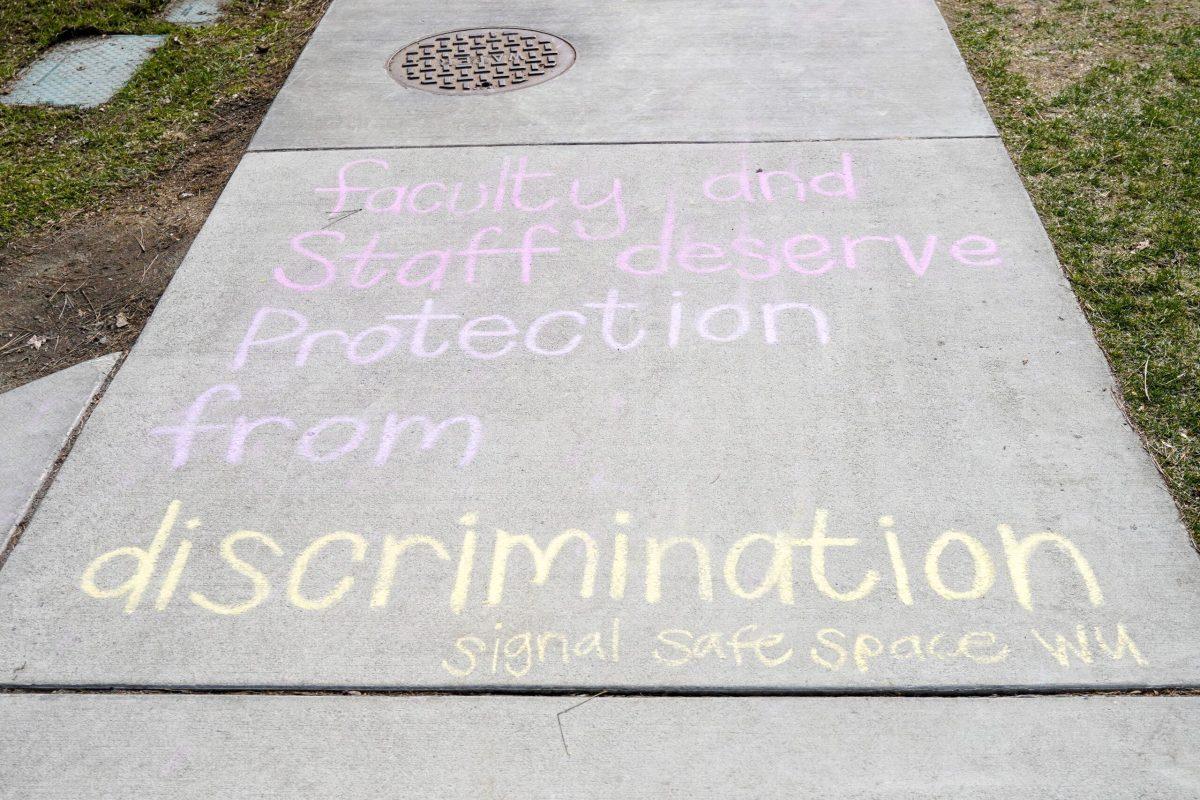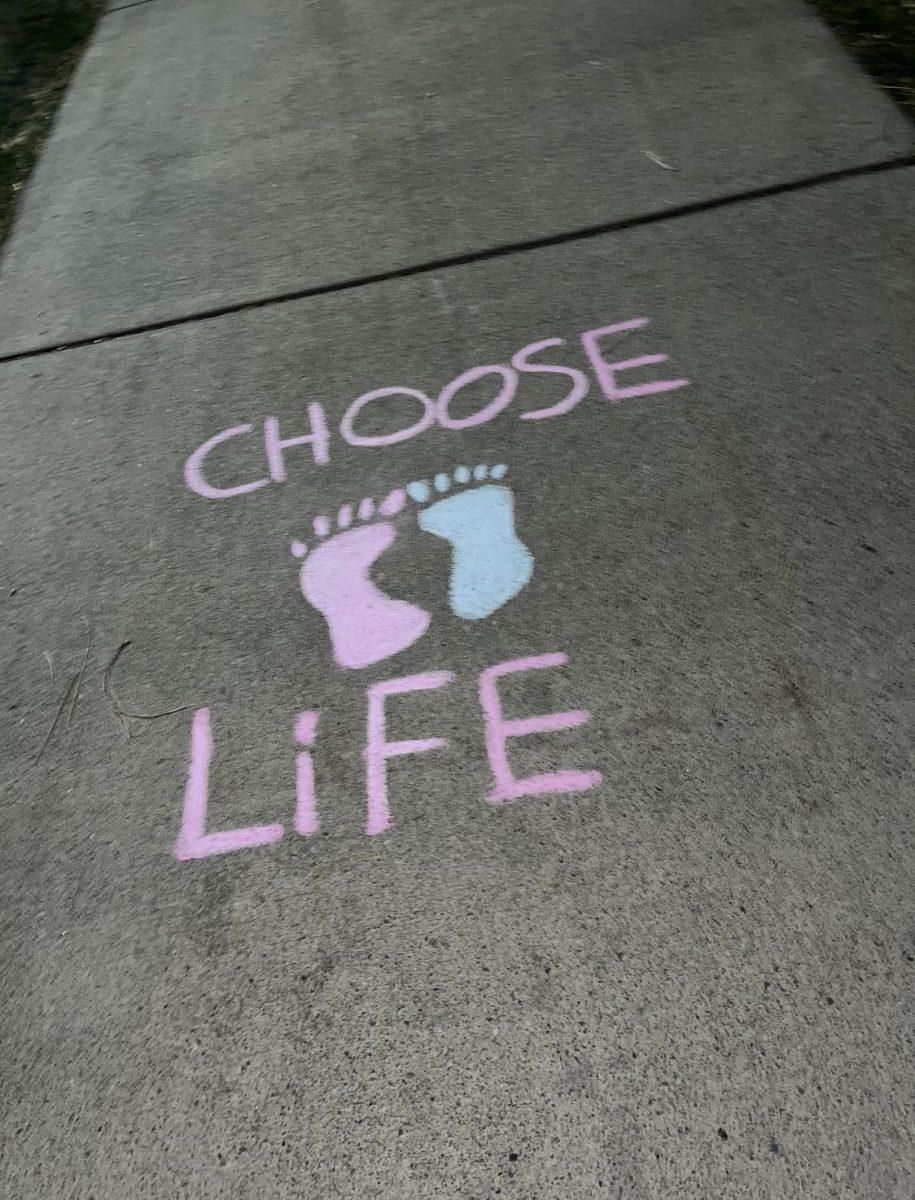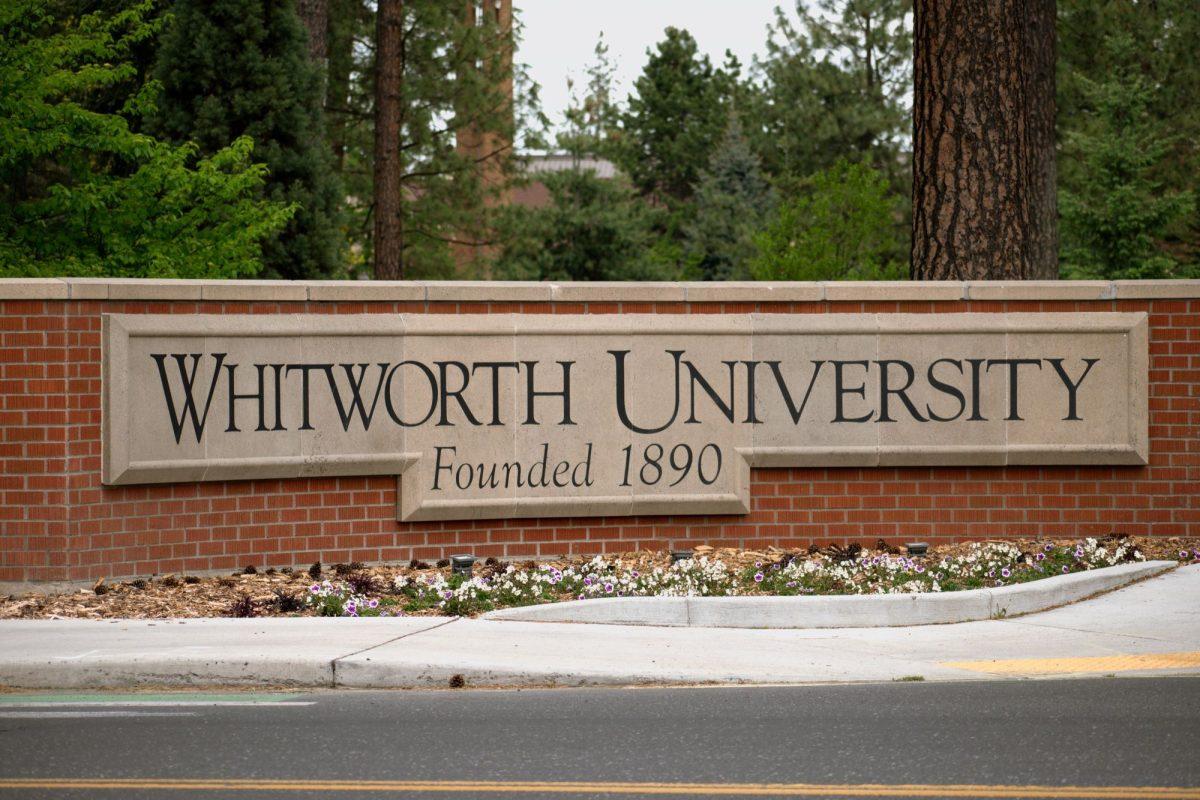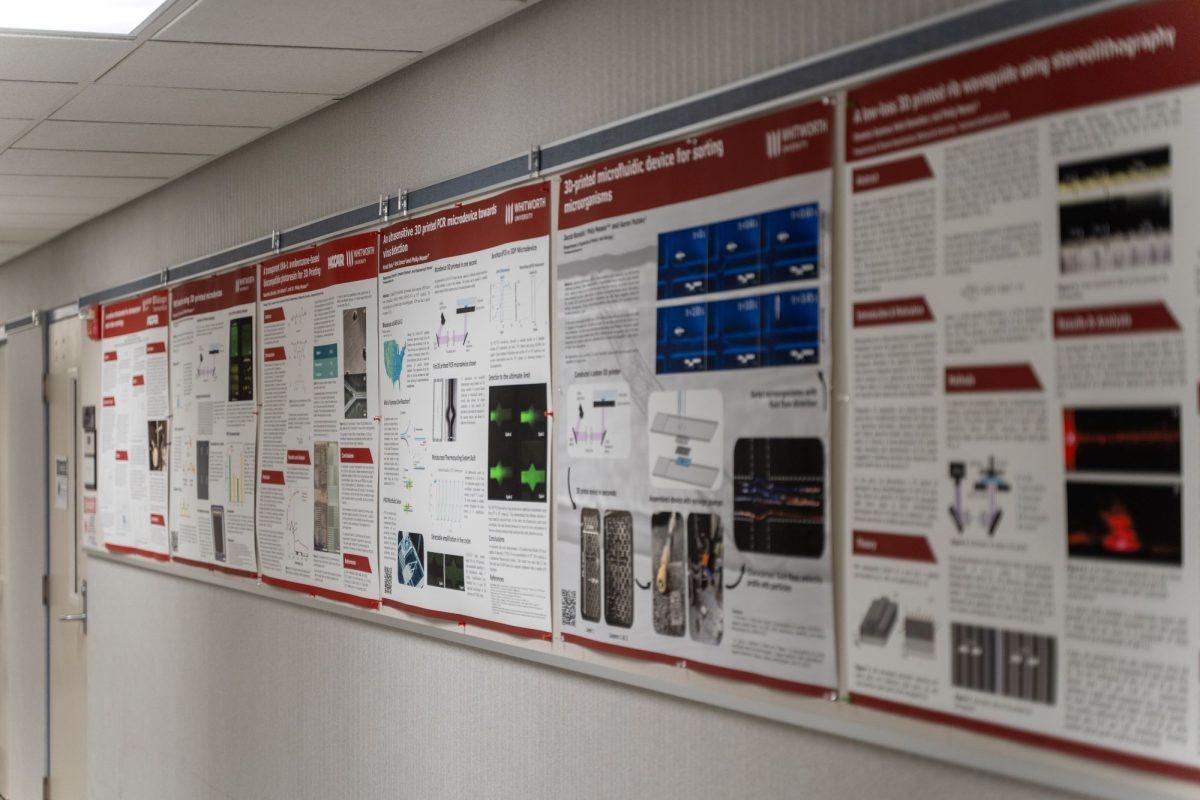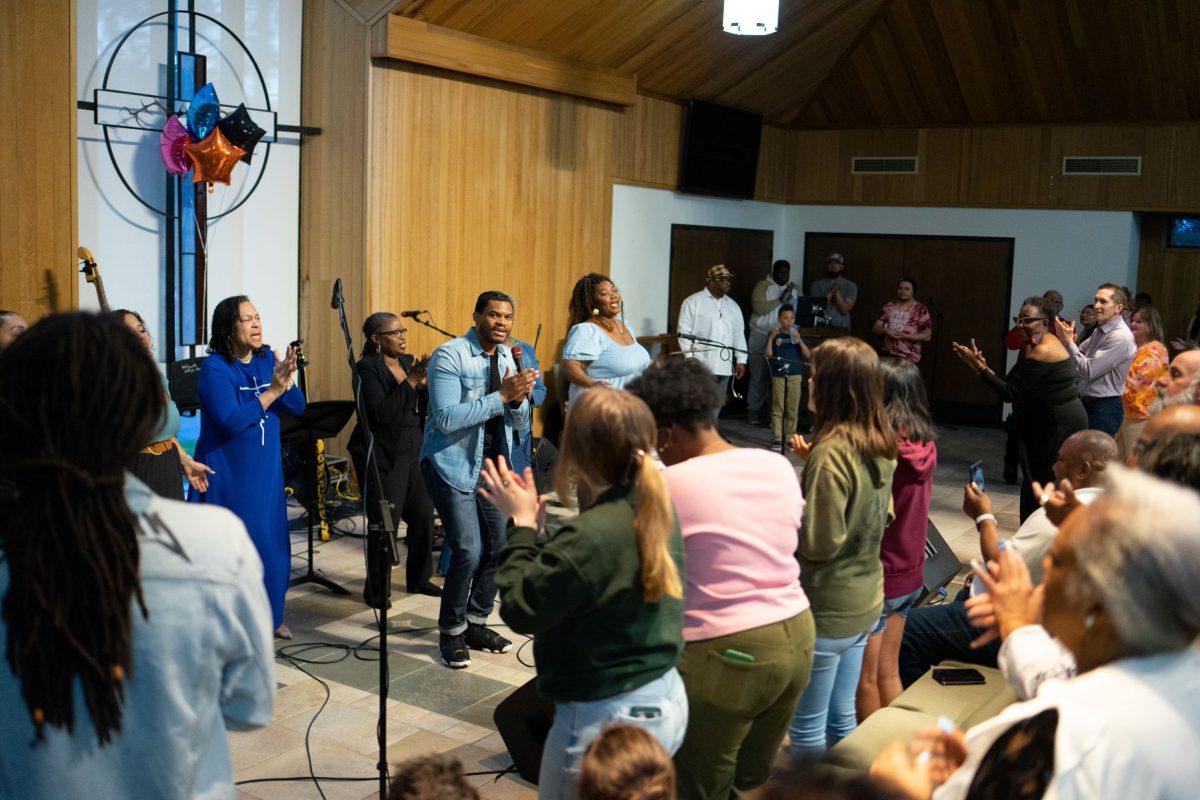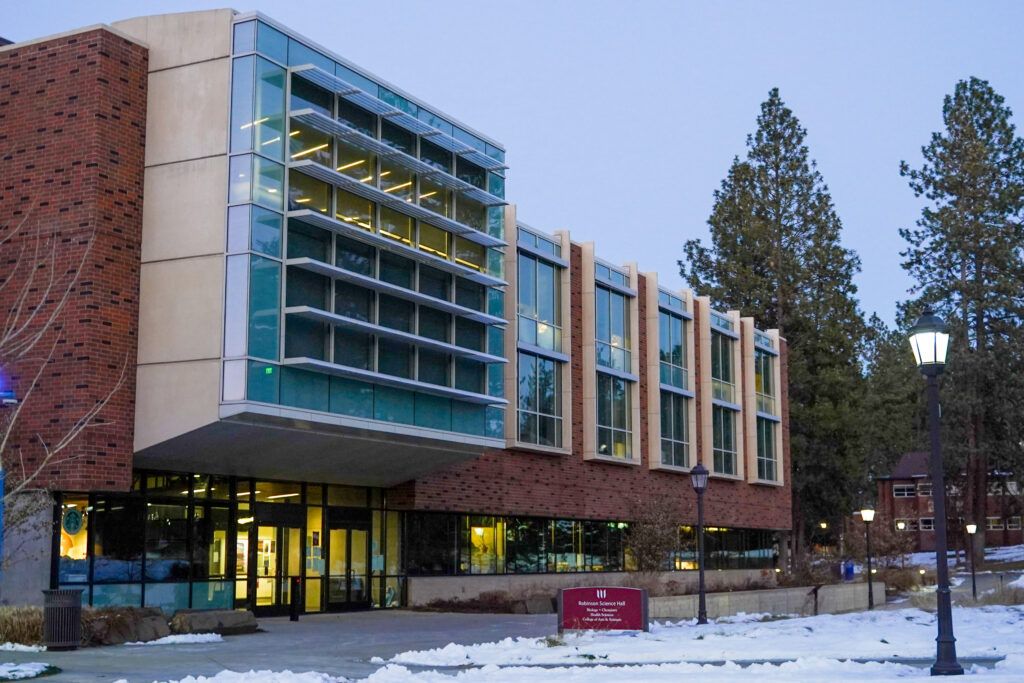
“There are financial hardships going on across the university, and as much as they want to fund everything at 100%, sometimes difficult decisions have to be made,” said Dr. Aaron Putzke, professor and chair of the biology department.
Much discussion has recently surrounded finances for STEM research. Prior issues and questions about funding sources having been resolved, and all STEM faculty/student research projects were cleared for this upcoming summer.
“There was some transition in the Office of Sponsored Programs, and looking at how this summer would work, with funding coming from a couple different places within the University, it seems there may have been some confusion about whether funds would be available from the traditional internal sources for summer research,” said Putzke.
Whitworth student Katelyn Koch, a junior, echoed some of Putzke’s thoughts. “As Whitworth is experiencing lower enrollment numbers and less funding, I think it would be all too easy to start pulling funds from STEM research due to the lack of knowledge about the opportunities and their importance on campus,” she said. “Every department will experience cuts, and science departments shouldn’t be exempt. However, a good number of STEM majors require a level of research experience for graduation.”
In an attempt to ensure that typical summer programming could be sufficiently covered before committing to further funding, the University underwent careful review of available finances, only then giving the go-ahead for fall arrangements. This delayed the decision-making.
“Part of this was the administration saying, ‘Let’s look very carefully so that we can be responsible about this, and still value it, while asking what level of funding can we offer knowing that we’ve had to make cuts in different places across the university?'” Putzke said.
“I think that part of the conversation seemed to snowball a little bit and [that] may be where some of the confusion arose surrounding the future of summer research funding,” Putzke added. “I don’t think it was ever intended to be a conversation about completely cutting funding, but simply of making sure that everything could be covered before telling students and faculty that it would be covered.”
Koch said, “It seems like the refunding efforts may have been due to some pushback from faculty and students. The biggest issue we’ve come across is how little we’ve advertised the research opportunities on campus. I, along with many other students I’ve talked to, had no clue research was performed at Whitworth until my sophomore year. Now this opportunity has changed my entire career path and has inspired many other students to pursue research as a career as well.”
This student-perspective is vital within the discussion surrounding where funds regarding research should be allocated throughout the University, as the research sector provides an essential and potentially transformative component of STEM-education.
In efforts to foster this, Whitworth’s Engineering & Physics programs have a strong host of research opportunities. According to the department’s website: “[the] program provides enhanced career and graduate-school preparation through faculty-student research and experiential learning that develop students’ ingenuity and creativity. Competitive research grants from NASA, the National Science Foundation and other funding agencies support student research projects year-round. Students also have opportunities to present their original research at local, regional and national conferences.”
Such possibilities include High-Altitude Balloon Research, in which students are able to study effects of, “…extreme conditions at more than 100,000 ft. above in the Earth’s atmosphere using helium-filled balloons.” Through this program, students are able to send cameras, temperature sensors and other experimental instruments into the stratosphere, one region of the atmosphere also known as “near space,” where the launched materials undergo conditions of low pressure and temperature, along with intense ultraviolet light and high radiation exposure.
Linking with this opportunity is the WhitSat Program, in which, “Engineering & physics students, with the guidance of faculty, have embarked on a 6-8 year journey that will involve designing, building, testing, launching and then monitoring a small satellite.”
It appears that academic affairs will be working to maintain sustainable funding for STEM research moving forward, as it not only takes precedence, but is held as essential to experiential learning within the science, technology, engineering and mathematics umbrella.
“Research, especially with students, is a priority for the University,” said Putzke.

